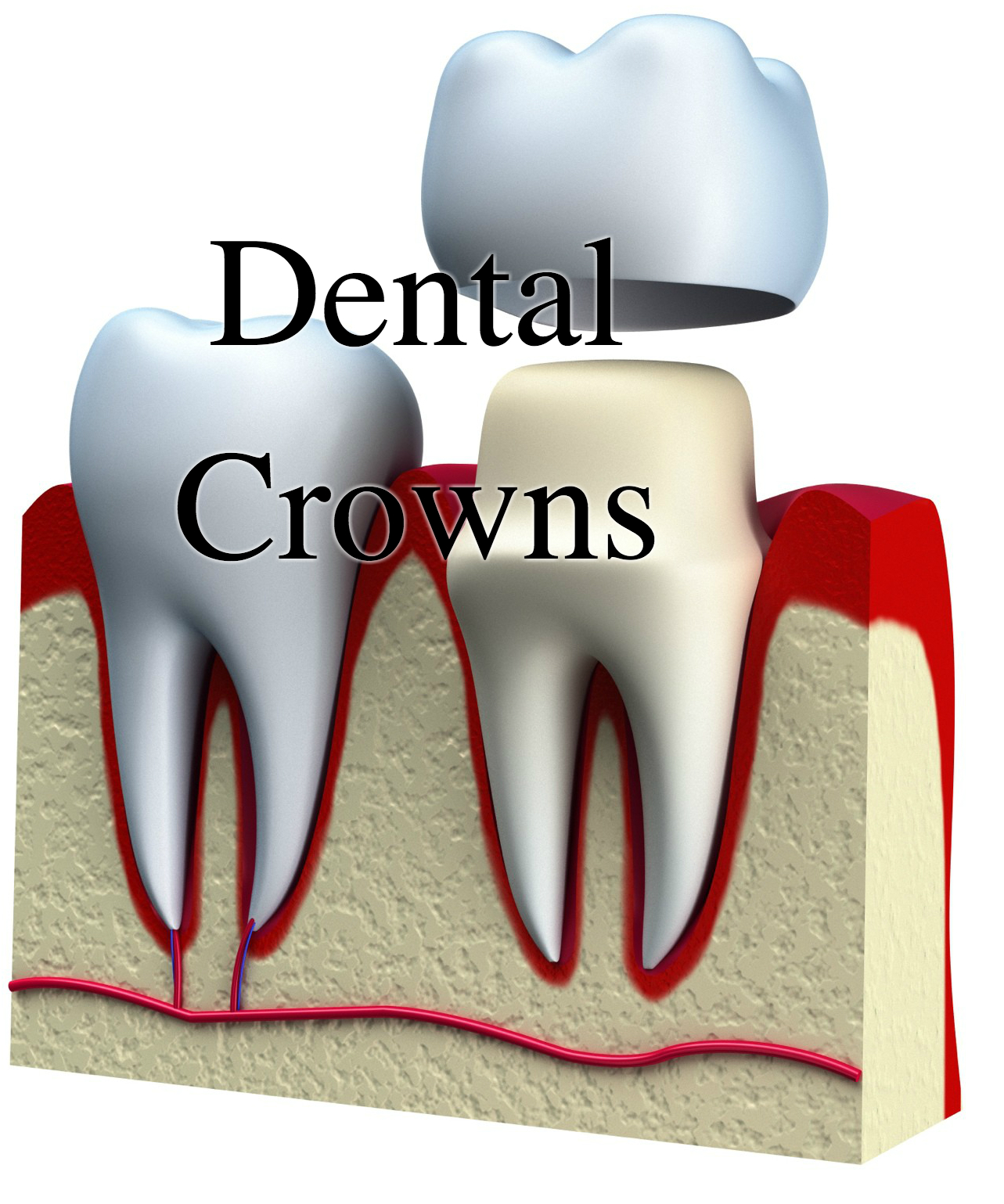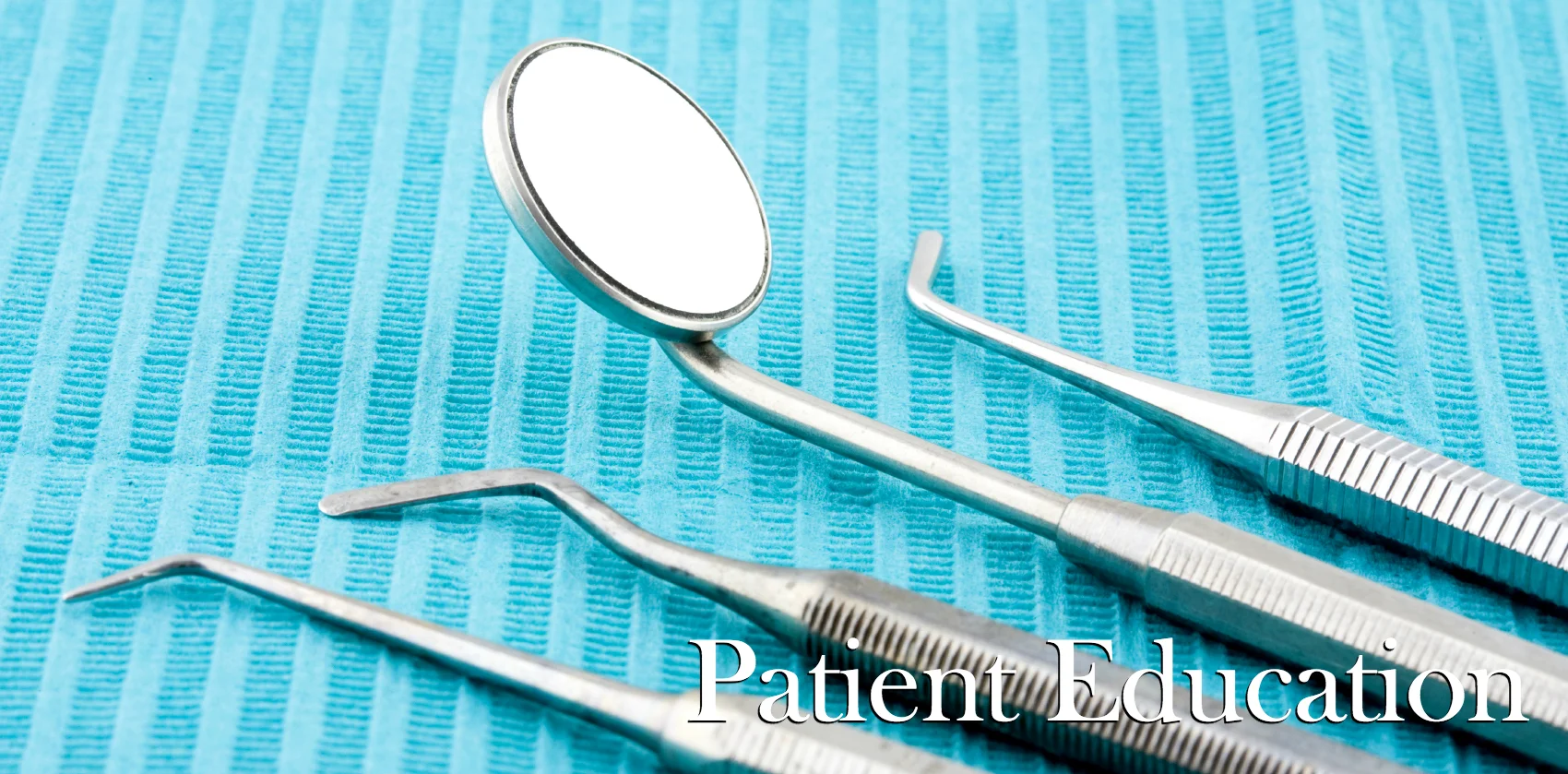In today's world of on demand service, it may seem strange that a dental crown takes two weeks to make. Your confusion is probably compounded by news of "same day" crowns available at some dental offices. The reality is that many crowns are created (at least partially) by hand and take time, expertise and effort. Read on to learn how dental labs recreate and help replace lost teeth.
After your first crown appointment, there is typically a two week wait until the new restoration is ready to be cemented to your tooth. In this time, a lab has to receive the impression, create a stone model and make a wax replica of your tooth. While many offices are using computer aided design and digital scanners to simplify this process, most of it is still done by hand to some degree. Converting the wax replica to metal, zirconia, porcelain, or other ceramics involves delicate processing and layering to maintain the initial structure. Finally, most crowns are colored and glazed (textured) by hand to expertly match them to the adjacent teeth. Currently, there is no computer or machine that can visually blend a tooth color to the rest of the mouth like a skilled lab technician.
Some dental offices currently offer "same day" or "one visit" dental crowns. Here, a digital impression is taken after your tooth is prepared and the crown is milled out of a ceramic block while you wait. You will leave the office that same day with your permanent crown cemented. While this technology is fantastic in some applications and has a very promising future, our office feels that it needs a little more refining before we offer it to our patients. Studies show that the margins (where the tooth and crown meet) can be less precise with these digitally milled crowns. Additionally, many machines require additional tooth structure to be removed in order to create a shape that is compliant with the milling process. Overall, there is nothing wrong with this style of dental crown, but we feel the benefits of using a lab created restoration outweigh the drawbacks of a waiting period.
Dental crown placement is one of the most common procedures carried out at dental offices nation wide. At our office, we specialize in creating crowns that are beautiful, functional and feel natural in your mouth. If you would like to know more about crowns, veneers, fillings or other dental procedures, please give our office a call!





















